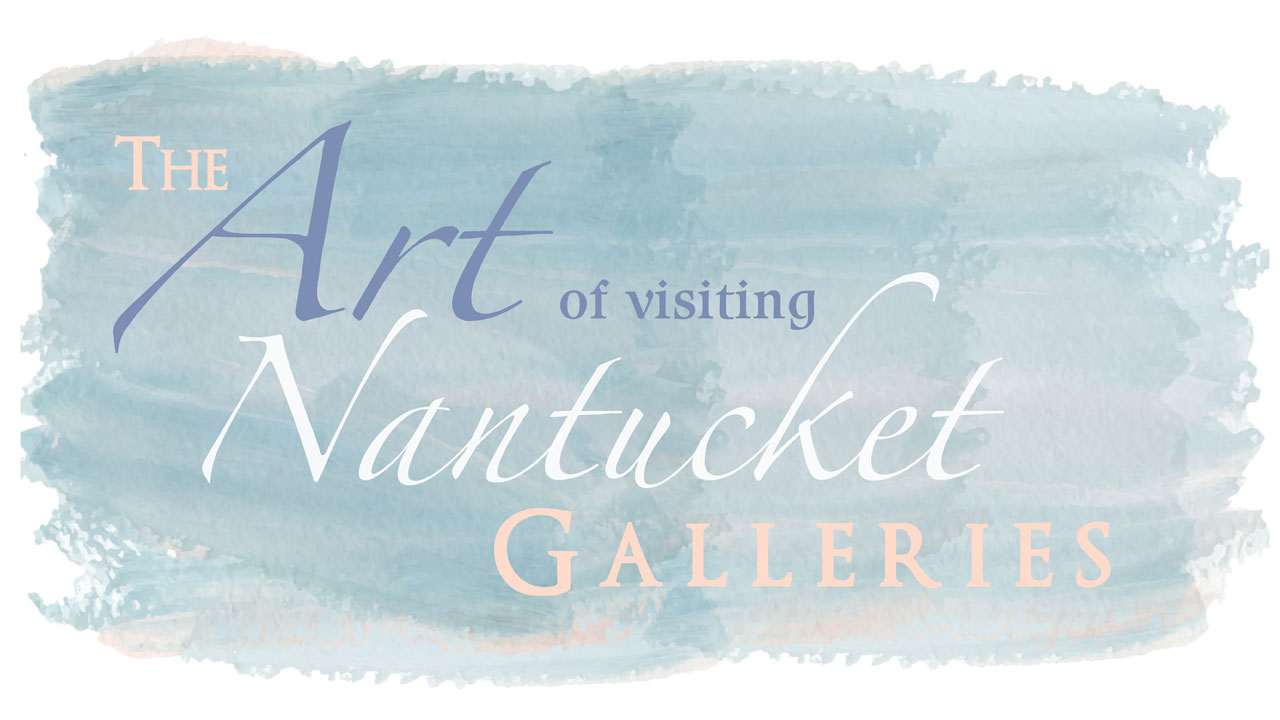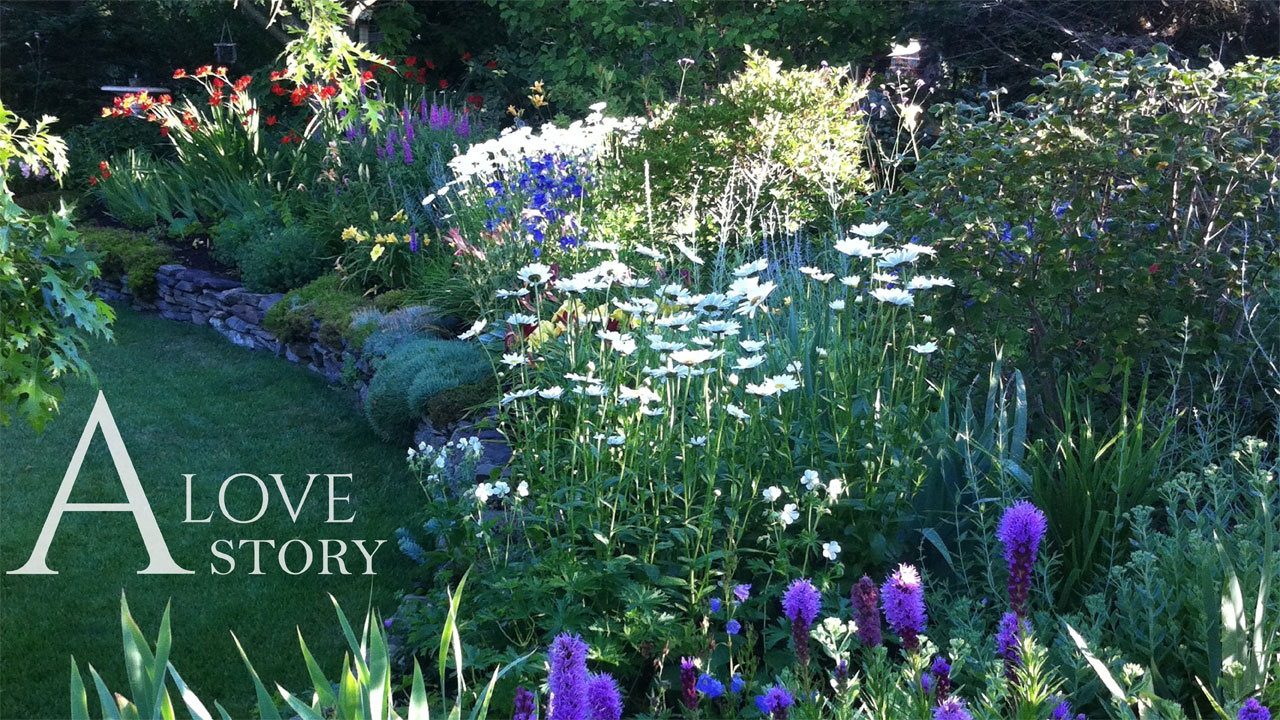Roses
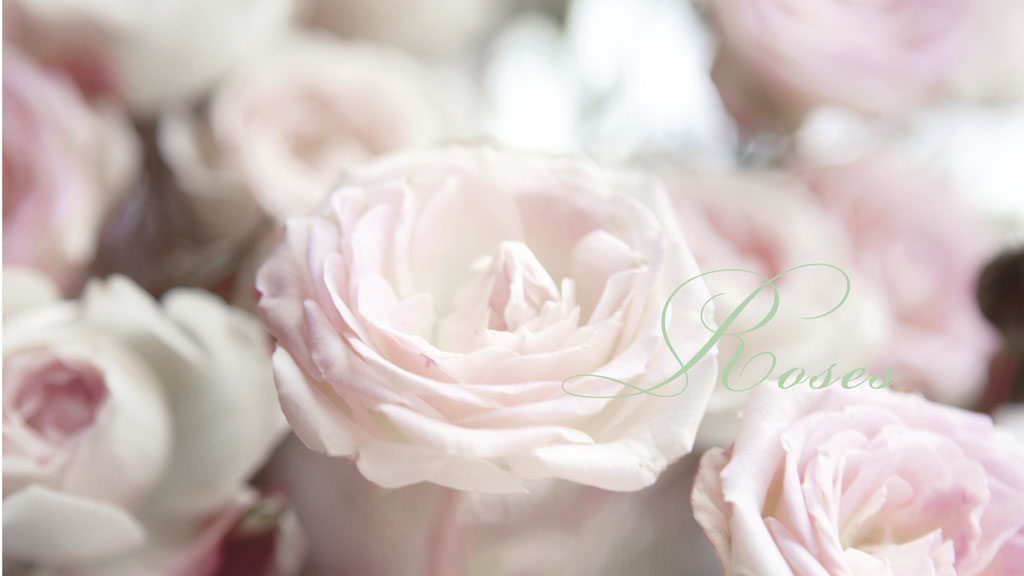
by Thomas L. Mazzei
The history of the rose.
The attributes of roses are many. Throughout the history of the world, the rose has been present in our culture, including music, poetry, romance, wars and celebrations. No other flower has played such a significant role. Although the rose has graced our land in the United States for many years, it was not until 1986 that Congress selected it as our national floral emblem. Recognition was given to this great flower because of its rich history.
The rose is believed to have originated in Asia 70 million years ago. Fossilized rose leaves dating to prehistoric times are proof that the rose has existed longer than man. Rose gardens are said to have existed in China as early as 2700 BC. Archaeologists have identified roses on ancient frescoes and drawings. Through these, it has been possible to identify the “R. Gallica,” which is known today as the “French Rose.”
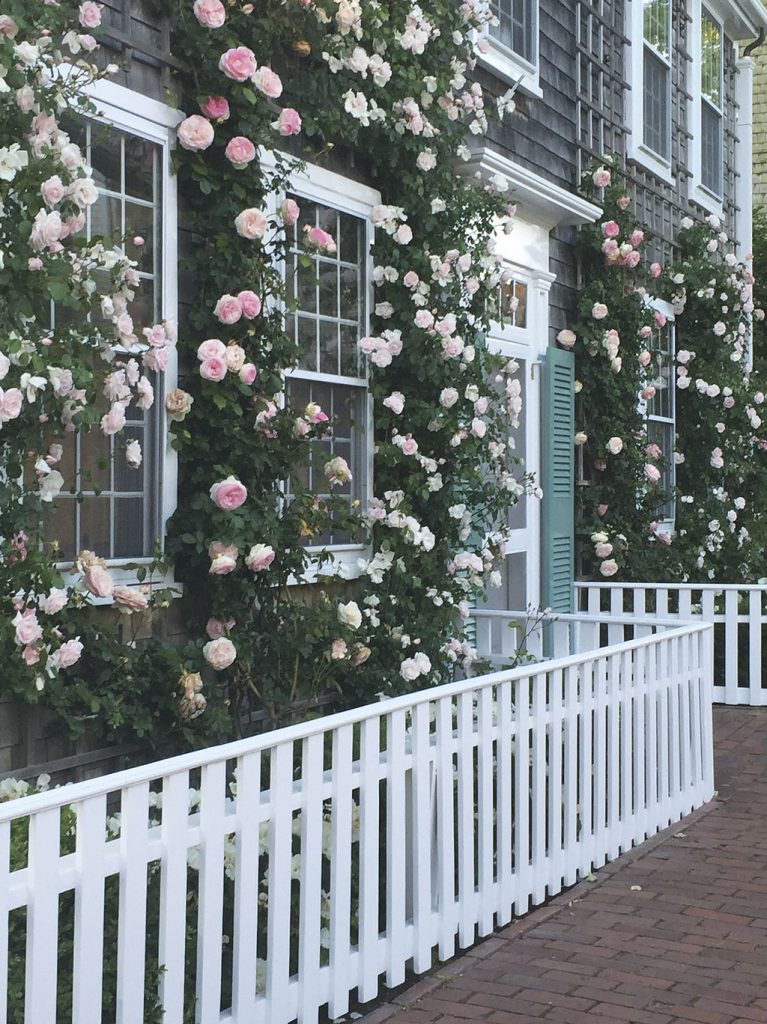
Its origin is unknown, but it has been traced as far back as the 12th century.
Monks and priests in the monasteries were the keepers of the past, and due to their skilled writing, most of the rose history gap has been filled. Gardens maintained at monasteries could be compared with some of the most outstanding Roman gardens.
During the 13th century it was believed that only three kinds of roses existed, red, white and wild prickly roses. John Gerard of England described 19 varieties of roses including new ones that arrived from Holland and Italy. The wild roses of America were not far behind. In the Renaissance era, many artists began to paint the rose.
These paintings allowed us to name roses Alba, Gallica and Damask. There were a few yellow roses painted during this period, for decorative purposes, as there were no yellow roses yet known.
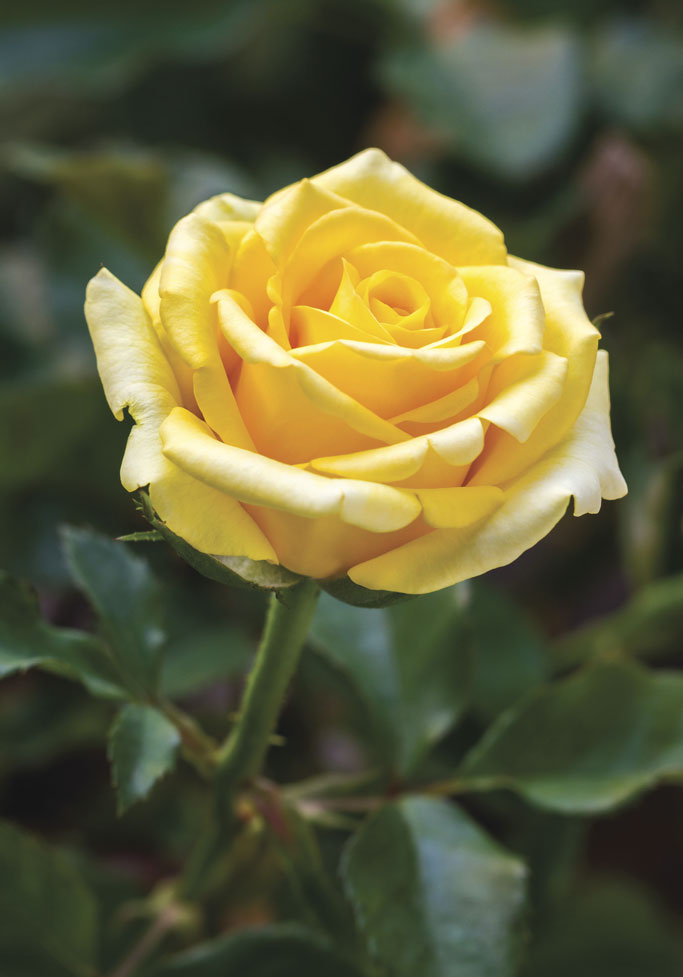
Yes, a rose,
is a rose,
is a rose.
nothing else can compare
In Europe toward the end of the 18th century, the Empress Joséphine elevated the rose to its current status. Joséphine’s birth name was Marie Josèphe Rose. Napoleon, her husband, preferred to call her Rose. The “Renaissance of Roses” period now began. Joséphine and Napoleon purchased a large estate called “Malmaison.” Beginning in 1798 Joséphine began to grow every known existing variety of roses in her garden. This large collection was obtained as the result of a direct order by Napoleon to his many captains. Since Napoleon’s armies were sent to conquer many different lands and had the opportunity to bring back any roses they found on foreign soil. The reputation of Joséphine’s garden was widespread. During this era, the “Rosa Chinese” or China rose and the “Rosa Gigantea” or giant rose arrived on the scene. Hybridizing, as a science, advanced rapidly, leading to many new traits. From the time Joséphine started her garden in 1798 to 1814, she collected 250 species. More than half of her collection consisted of the Gallica rose. The remainder of the collection consisted of 30 Centifolias, 22 China and nine Damask roses. This collection was a good representation of popular roses to carry into the 19th century.
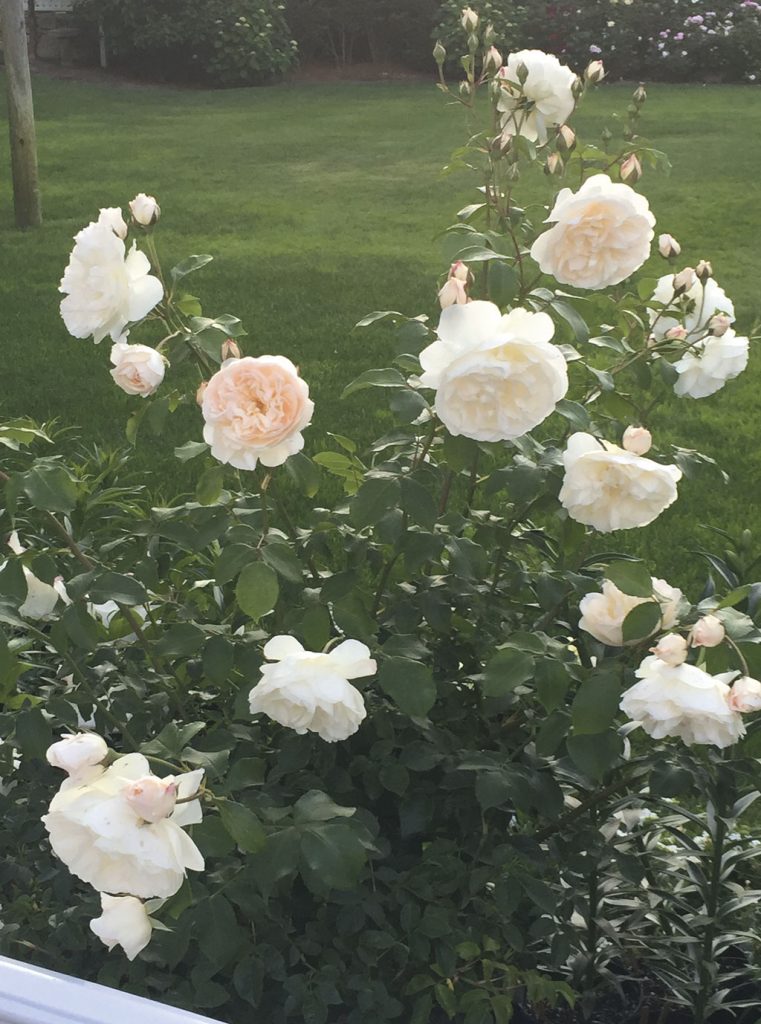
The leading botanists of the day studied and classified roses for scientific purposes. Hybridizing was practiced during this period by nature and man, although not thoroughly understood; the process occurred mostly by happenstance. It was not until the end of the 19th century that hybridizing was more fully comprehended, leading to a number of new varieties. As a result of these early efforts, we now enjoy our highly popular modern roses.
Toward the end of the 18th century commerce was very active in the Colonies. Among the items in demand were tea and roses. The first nursery in the American colonies was opened in 1737 in Flushing, Long Island. Robert Prince, the owner, began to import plants of all types. By the year 1746 over 1,600 rose varieties were advertised. Since the tea trade was active at this time there is the possibility that roses came directly from the Orient by clipper ship. The first true yellow rose was not introduced until 1900 by a French hybridizer, Joseph Pernet-Ducher. Meanwhile, the father of our country, George Washington was cultivating roses at Mount Vernon from which came the “Mary Washington” rose.
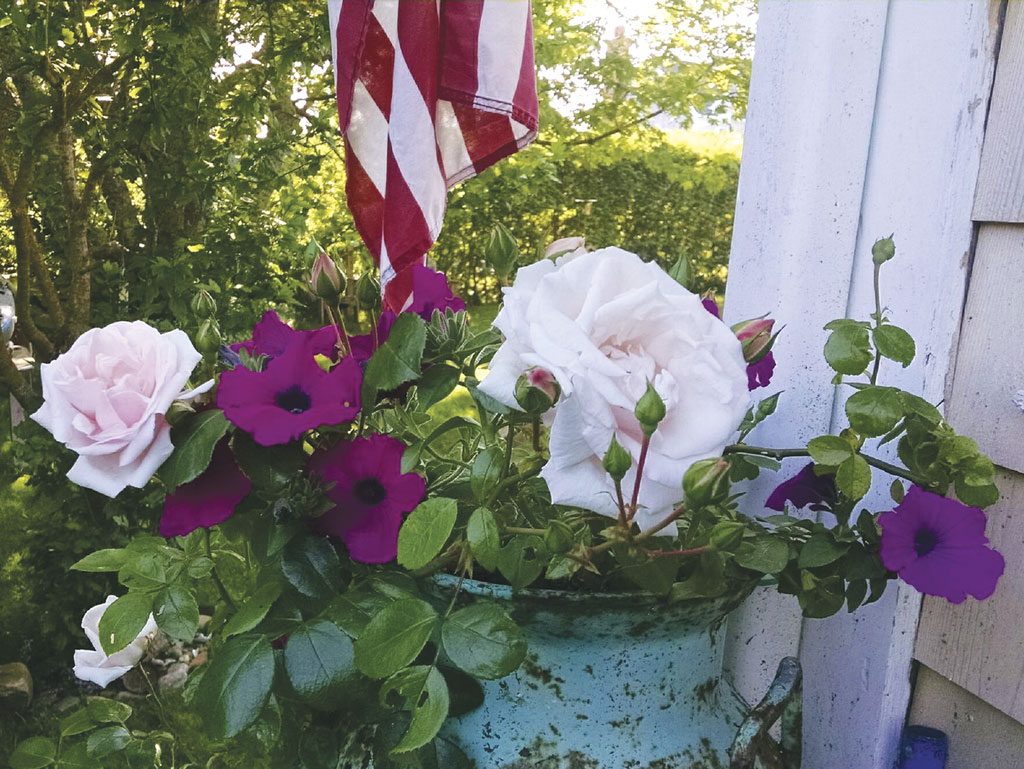
A well-known rose to grace the shores of Nantucket is Rosa Rugosa. This rugged specimen is surrounded by controversy as to its arrival on our shores. There are those who claim English botanists introduced it to our country in the 1800s. Others link its arrival to the tea trade. Ships sailing from the Orient carrying a cargo of tea would often need a substantial amount of ballast. Sand was taken from the nearby shore before setting sail. In with the sand (ballast) were Rosa Rugosa plants and rose hips (seedpods). As the ships arrived in calmer waters, the ballast was offloaded. Plants with attached rose hips found their way ashore. Seagulls, being scavengers, promptly made use of the hips as food, passing them through their digestive system, thereby distributing them along the shorelines. This rose specimen is the most carefree, but also one of the most invasive rose plants in existence.
The rose continued its westward movement. All along the Oregon Trail roses can be seen today. One of the most popular varieties planted is the “Harrison Yellow.” This plant was popular because of its resilient ability to withstand extended dry spells and extreme cold. Thorns on the bush are said to be two inches long and not enticing to cattle. The flower is often referred to as the “Yellow Rose of Texas.” The California Gold Rush brought people from all over the world. Yankee entrepreneurs transported anything that could be sold in mining towns. There were those among the settlers who quickly realized their fortune was not in gold, but in the climate of California. They began to ply a trade in agriculture, beginning first with fruit trees, ornamental trees, vines, shrubs and finally, roses. Today, California, Washington, Oregon and Texas have rose farms that stretch for miles. The leading rose growers are now in these western states and they ship roses all over the world.
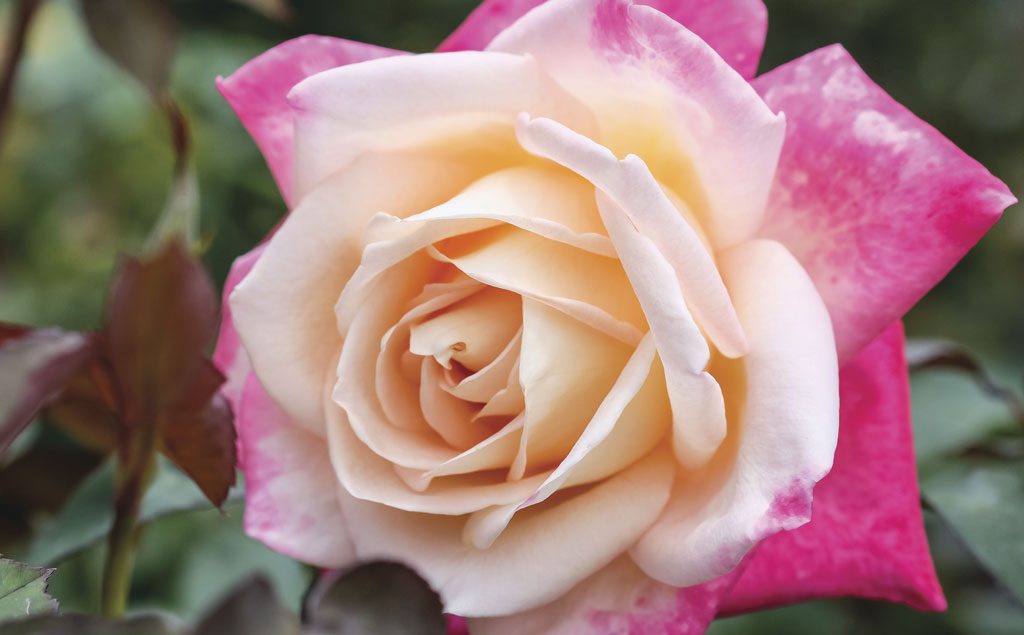
Article edited. Original can be found in REVIEW Nantucket, July 2016.
